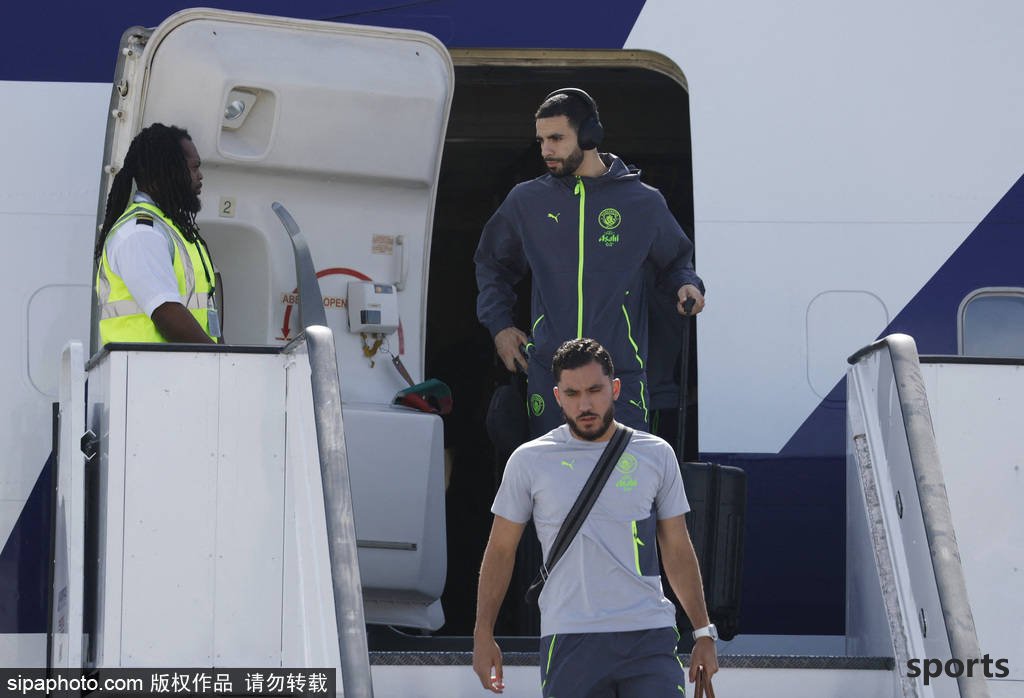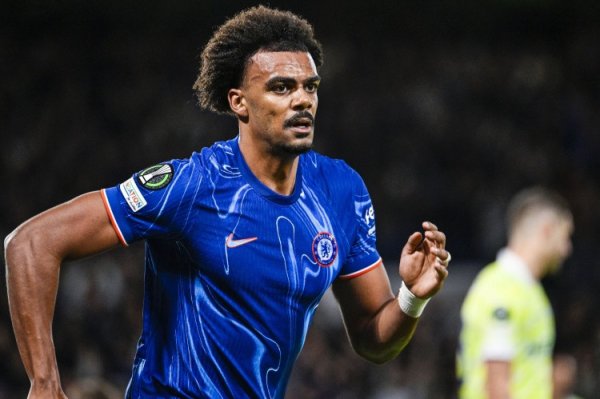HOME > Football
Club World Cup: Tactical Test Field for Top Teams
2:58pm, 5 July 2025【Football】
What if the club World Cup was no longer just about victory, but became a laboratory for shaping the future football tactics? This article will explore how top teams such as Manchester City, Chelsea, Real Madrid and Inter Milan can use the event to innovate and prepare for the upcoming new season.

The timing is strange: The Club World Cup is sandwiched between two seasons
For those who are not familiar with South American football, the Club World Cup seems to be at an awkward point in time. The participating teams have not yet fully finished the 2024-25 season, but have begun to prepare for the 2025-26 season. This undoubtedly puts additional pressure on players and coaches. However, some coaches saw the opportunity.
Guardiola said before Manchester City's match against Alchillard: "I certainly hope to have two months to prepare for the new season, but that's the reality. We have won the opportunity to participate in this game through past efforts, so we have to go all out." Although Manchester City was eliminated in the game, Guardiola has obviously prepared tactically for next season.
Manchester City: Guardiola's tactical seminar
Manchester City's new players Rean Cherki, Tijani Reindez and Rean Etnuri have injected new vitality into the team. Guardiola used the club's World Cup opportunity to test his new tactics. For example, his adjustments on the back line, and changes in the winger's position. These changes not only showcase Manchester City's tactical diversity, but also provide valuable experience in preparing for next season.
Chelsea: Enzo Maresca's new era blueprint
Chelsea coach Enzo Maresca also tried different formations and personnel configurations in this game. He incorporated new player Liam Delp into the team and had several rotations in the midfield and attack lines. Maresca had Cole Palmer change to the left winger against Benfica, a move that was more like a test of tactics than a tactical demand. In addition, he also used the 4-2-2-2 formation to further enrich the team's tactical choices.
Real Madrid: Xavi Alonso's high-intensity revolution
Xavi Alonso's coaching style in Real Madrid is completely different from his predecessor Ancelotti. He introduced a three-back system, allowing Chu Ameni to serve as the center back, Bellingham moved forward, and Vinicius took in. These changes not only demonstrate Alonso's tactical philosophy, but also provide a display opportunity for young players such as Arda Gule and Gonzalo Garcia. Alonso's high-intensity training methods and tactical adjustments have brought new vitality to Real Madrid.
Inter Milan: Christian Chivo's youth sports
Returning to Serie A, Inter Milan's new coach Christian Chivo is working to lower the team's average age. He gave young players like Sebastiano and Pio Esposito more opportunities. Chiwo's 3-5-2 formation is similar to that of former coach Inzaghi, but he pays more attention to the cultivation of young players. This strategy not only helps the team's long-term development, but also provides valuable practical experience for young players. The wide impact of tactical experiments The Club World Cup has become a unique platform for top teams to conduct tactical experiments. While this may pose a risk of fatigue and injury, in the long run, it helps the team better adapt to new tactics, integrate new players, and discover potential talents. For fans, this is a rare opportunity to have a look at the performance of each team in the new season in advance.
Conclusion
Although the timing of the club's World Cup has caused controversy, it also provides a valuable test ground for top teams and coaches. Whether it is Guardiola, Enzo Maresca, Xavi Alonso or Christian Chivo, they are taking advantage of this opportunity to prepare for next season. As fans, we should focus on how these tactical experiments can play a role in the 2025-26 season, and perhaps they will redefine the tactical landscape of football.
Related Posts
- Next week s match against Barcelona! French media: Not only Vitinia, K77 was replaced by Paris due to thigh discomfort
- Unit: Decaitlare participated in some joint training and is expected to play in Juventus on the weekend
- Gallish questioned the referee: It is unheard of for a quick free kick to dye the yellow, Liverpool fans will blow it
- Reporter talks about the FA s accusation of Chelsea of failure to declare commission truthfully, the Blues advocate no competitive punishment
- Official: 29-year-old Turin striker Sanabria joins Cremona for permanent transfer
- Tonight s Hong Kong showdown! Golden Boot Ronaldo VS Champion Benzema! Saudi Super Cup semi-final focus game
- Media person: Liu Shaoziyang is the main candidate for strengthening the position of Guoan goalkeeper
- Overseas intelligence: Almaty 1-0 Olympia
- Zhuang Yushan scored 28 points! The young player performed well! The Chinese women s volleyball team magically reversed Germany 3-2!
- 25097th issue of football lottery winners and draw recommendations: Paris and Real Madrid in the Club World Cup, who will embark on the finals
Hot Posts
- Next week s match against Barcelona! French media: Not only Vitinia, K77 was replaced by Paris due to thigh discomfort
- Unit: Decaitlare participated in some joint training and is expected to play in Juventus on the weekend
- Gallish questioned the referee: It is unheard of for a quick free kick to dye the yellow, Liverpool fans will blow it
- Reporter talks about the FA s accusation of Chelsea of failure to declare commission truthfully, the Blues advocate no competitive punishment
Recommend

Chelsea can t defend at all, and the coach only has 1 forward + 5 defenders, and suffered 2 consecutive defeats

Break through the Navas gate! Nicaragua FIFA No. 130, 10 players tied Costa Rica 1-1

Barcelona s left winger chose 1 in 4! Buy Milan Leo for 70 million, or Liverpool Dias? Bayern may intercept Hu

Five Champions League winners fell into the 2nd AFC Champions League! Indian players called out Ronaldo: I hope to win Riyadh

Is Pedula reliable? Mourinho offered a high price to Vlahovic, and denied it with the team

Chelsea asks for 40 million euros! Romano: Vega agrees to join Atletico Madrid, and the two sides are still negotiating

Doncic s comprehensive transformation during the offseason: from " "Hamburger enthusiast" to self-disciplined fighters

Dortmund Target! Photo: Bellingham and Sunderland have a gentleman agreement to leave the team with 30 million euros